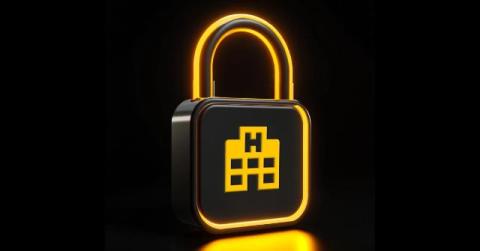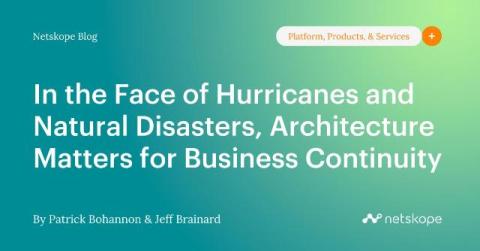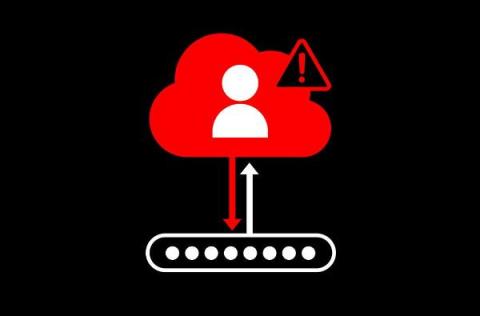The Importance of Data Security in Healthcare
Data security is crucial in the healthcare industry because protecting patients’ medical information prevents unauthorized users from obtaining private data. Since patients’ medical data contains their medical history, prescriptions and diagnoses, an unauthorized user who gains access to this data could use it to commit identity theft and medical insurance fraud.










